
5 Whys Analysis How To Implement When To Use Benefits Presentationeze
4. Ask "Why?" four more times. Following the template above in the single lane on the left, ask "why" for each answer. Here's an example of what that could look like: Problem: The website wasn't launched in time. Why? The developers didn't have the content they needed. Why? The copywriter didn't provide the content. Why?
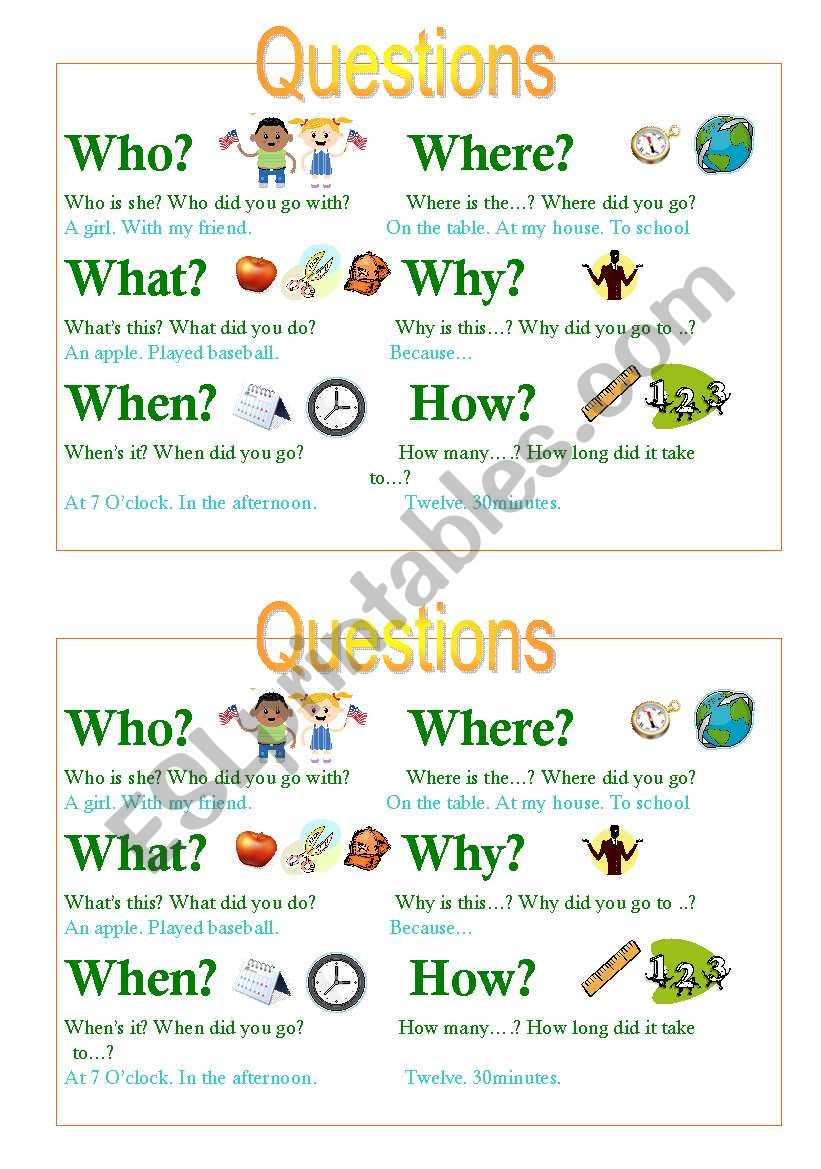
Who What When Where Why chart ESL worksheet by rebaimdug
Communicate with children and explain why asking questions is a necessary, appreciated, and critical part of learning and how it can help them understand the subject matter better. Assisting children in developing their questioning skills, like forming clearer, direct questions that pinpoint their problem, will also allow you to provide.

Who, What, When, Where, Why, How (5W+H) Classroom writing, Anchor
SALT LAKE CITY—Tag Elliott (who) of Thatcher, Utah, was in critical condition one day after surgery (what) to repair extensive facial injuries sustained in a collision with a bull (why). Elliott, 19, was riding a 1,500 pound bull named Werewolf on Tuesday ( when ) in the Days of '47 Rodeo ( where ) when their heads smacked together ( how ).
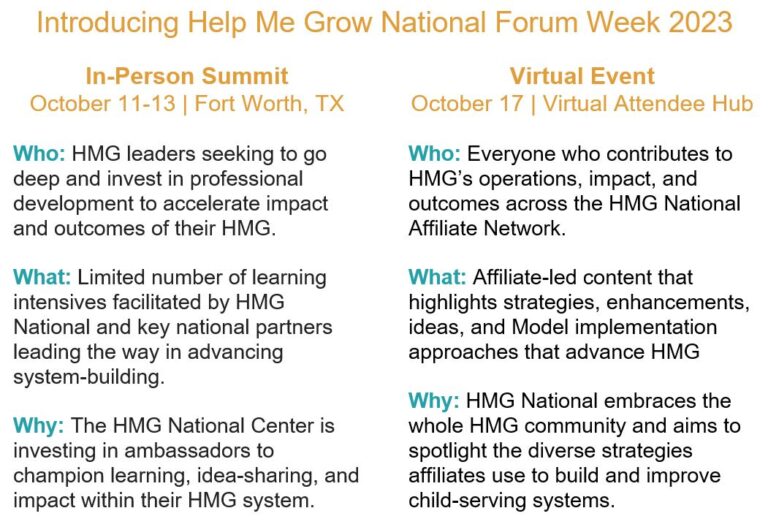
Who What Why chart image Help Me Grow National Center
5W1H (who, what, where, when, why, how) is a method of asking questions about a process or a problem taken up for improvement. Four of the W's (who, what, where, when) and the one H is used to comprehend for details, analyze inferences and judgment to get to the fundamental facts and guide statements to get to the abstraction.

5 Whys Getting to the Root of a Problem Quickly 5 whys, Critical
Five Ws Chart Who? What? Where? When? Why? Created Date: 4/13/2015 10:36:47 AM.

5 Whys The Ultimate Root Cause Analysis Tool Porn Sex Picture
One of the best practices for writers is to follow "The 5Ws" guideline, by investigating the Who, What, Where, When and Why of a story. If you can't identify what makes your story unique and interesting, chances are nobody else will either.
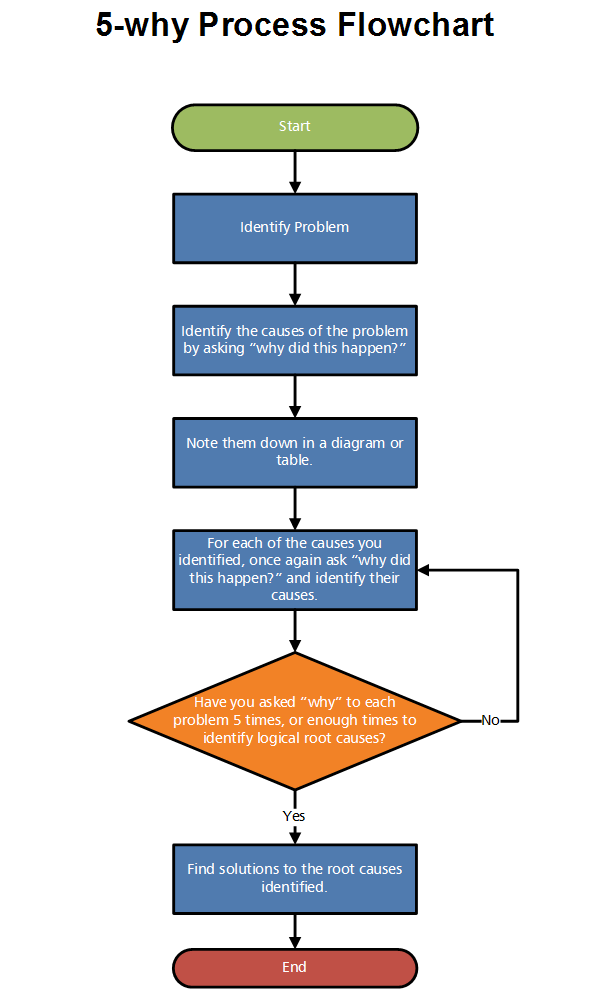
The 5 WHY A Simple Process to Understand any Problem (Root cause
WHEN? WHY? Title: 5 W's chart Created Date: 9/24/2016 9:12:37 AM.
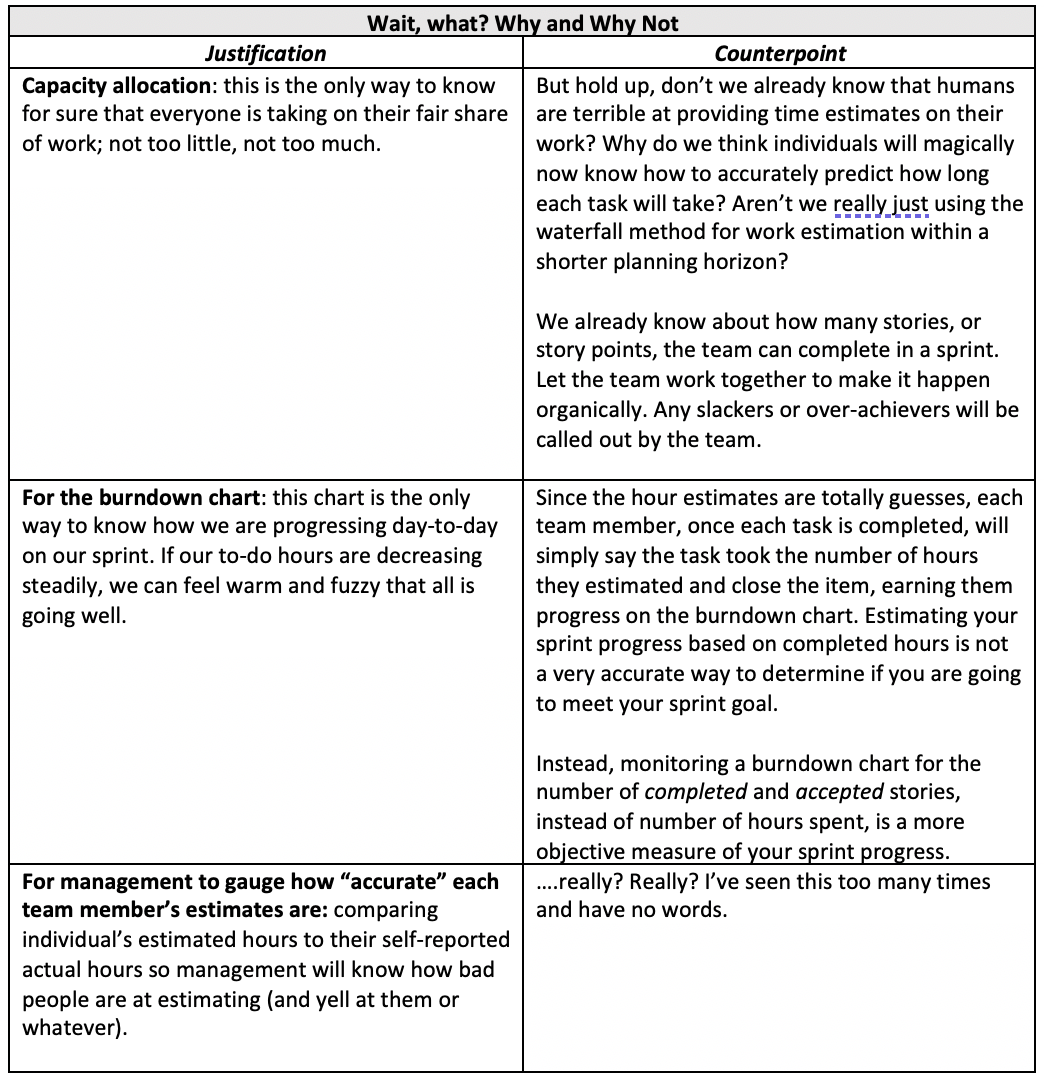
Stop Adding Tasks to User Stories NextUp Solutions
The 5 W's is a technique used to gather information about a topic for writing, research, projects, journalism, police investigations, etc. The 5 W's include who, what, when, where, and why and together they present a formula for understanding the full story on a subject.
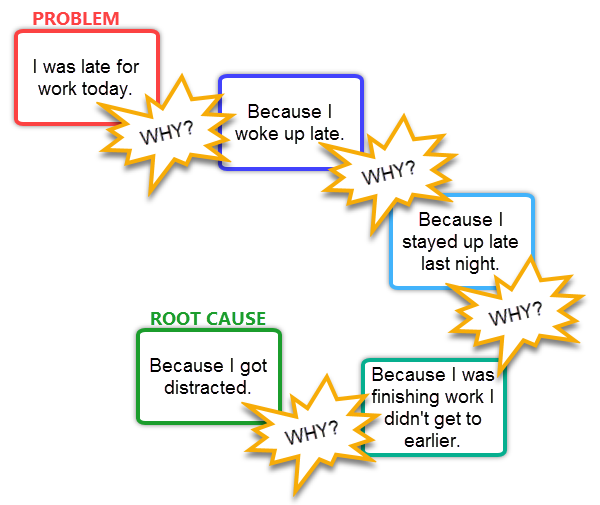
whychart PEP Estimating Solutions
A 5 W's chart is a type of graphic organizer that will help students to visualize asking questions that start with who, what, where, when, and why. When students want to gain knowledge on a topic or get a deeper understanding of a story, it's a great tool to gain information.
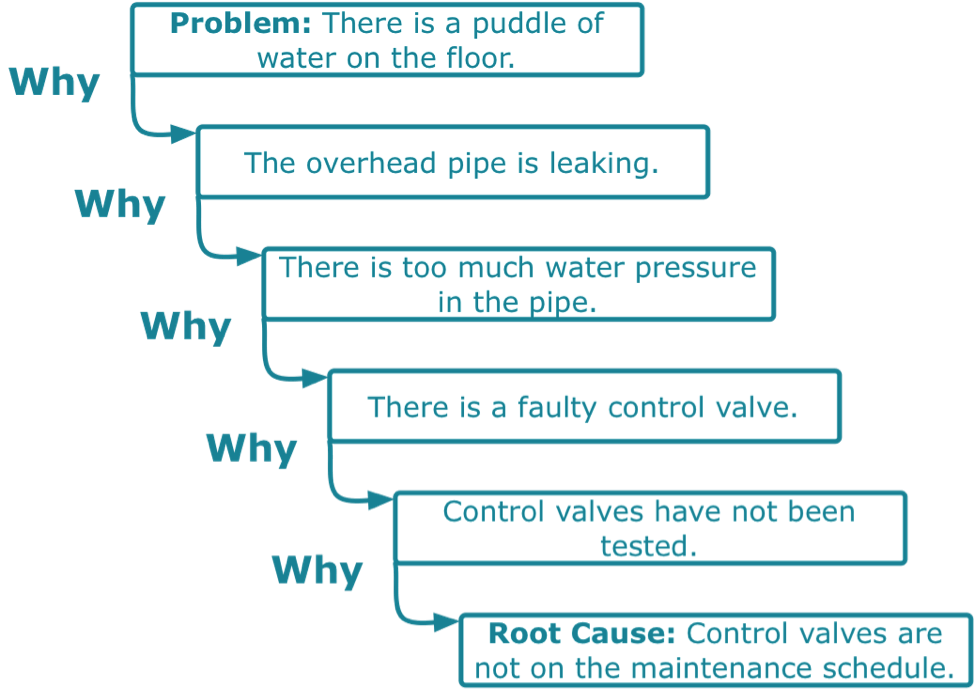
5 Whys Example Wiring Schematic Diagram Images and Photos finder
The why is what makes an event or action of the story important. The ''why'' speaks to the motivation behind the what, who, when, and where. Take a look at how these ''why'' questions seek the.
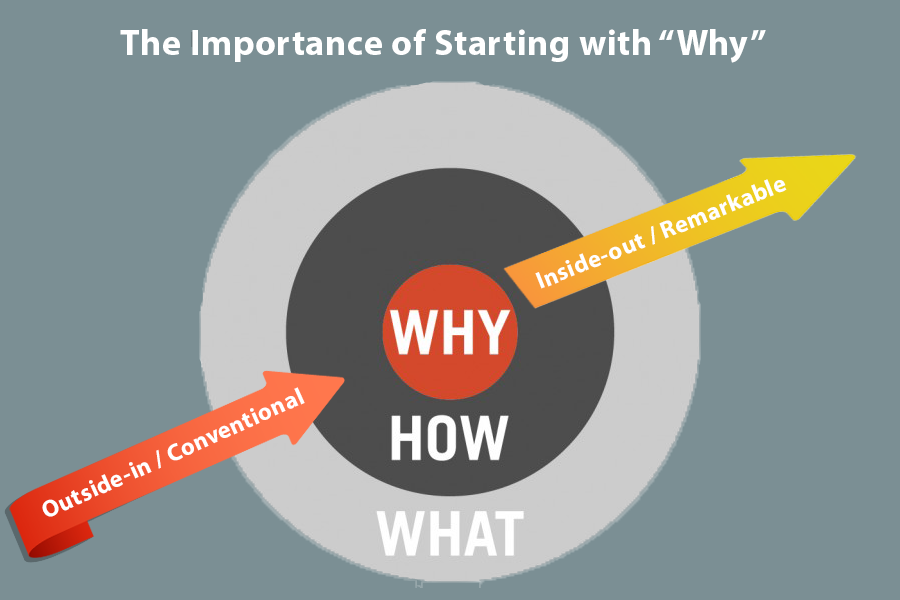
Business Book Review 'Start with Why How great leaders inspire
The chart includes visual supports for answering who, what, when, where and why questions!These cards utilize Picture Communication Symbols® (PCS/Boardmaker symbols), which are familiar to many special education students, including students on the autism spectrum and/or wh. Subjects:
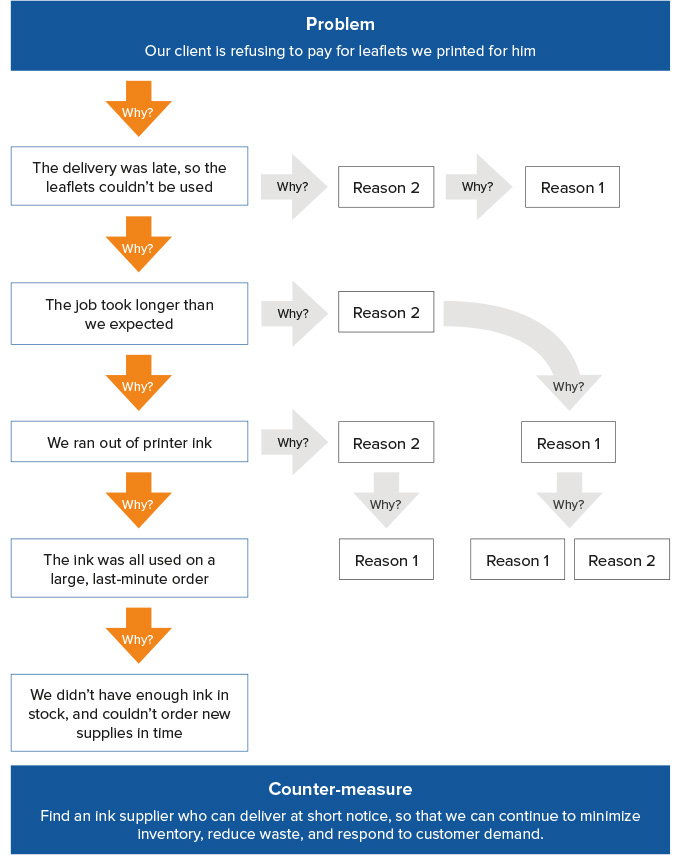
The Brown Family Scenario Worksheet Answer Key Promotiontablecovers
American government poster created during WWII featuring interrogatives. The Five Ws (sometimes referred to as Five Ws and How, 5W1H, or Six Ws) are questions whose answers are considered basic in information gathering or problem solving.They are often mentioned in journalism (cf. news style), research, and police investigations.According to the principle of the Five Ws, a report can only be.
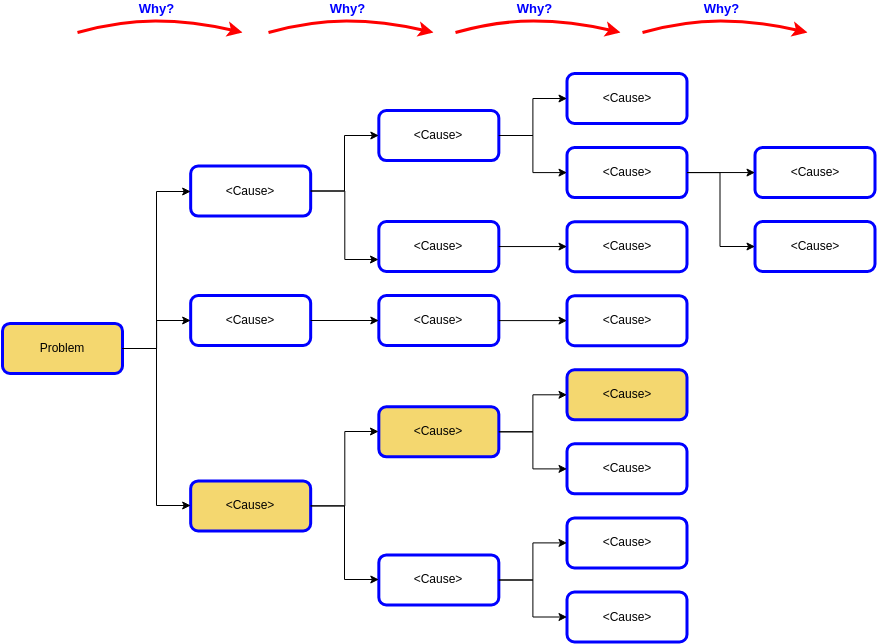
Why Why Diagram Template
5W1H is shorthand for "Who, What, When, Where, Why, and How." It is used both in problem solving and in project planning.. This set of questions is sometimes referred to as the Kipling Method or the "6 Serving Men of Creativity", due to a poem that appeared in Rudyard Kipling's 1902 "Just So Stories."
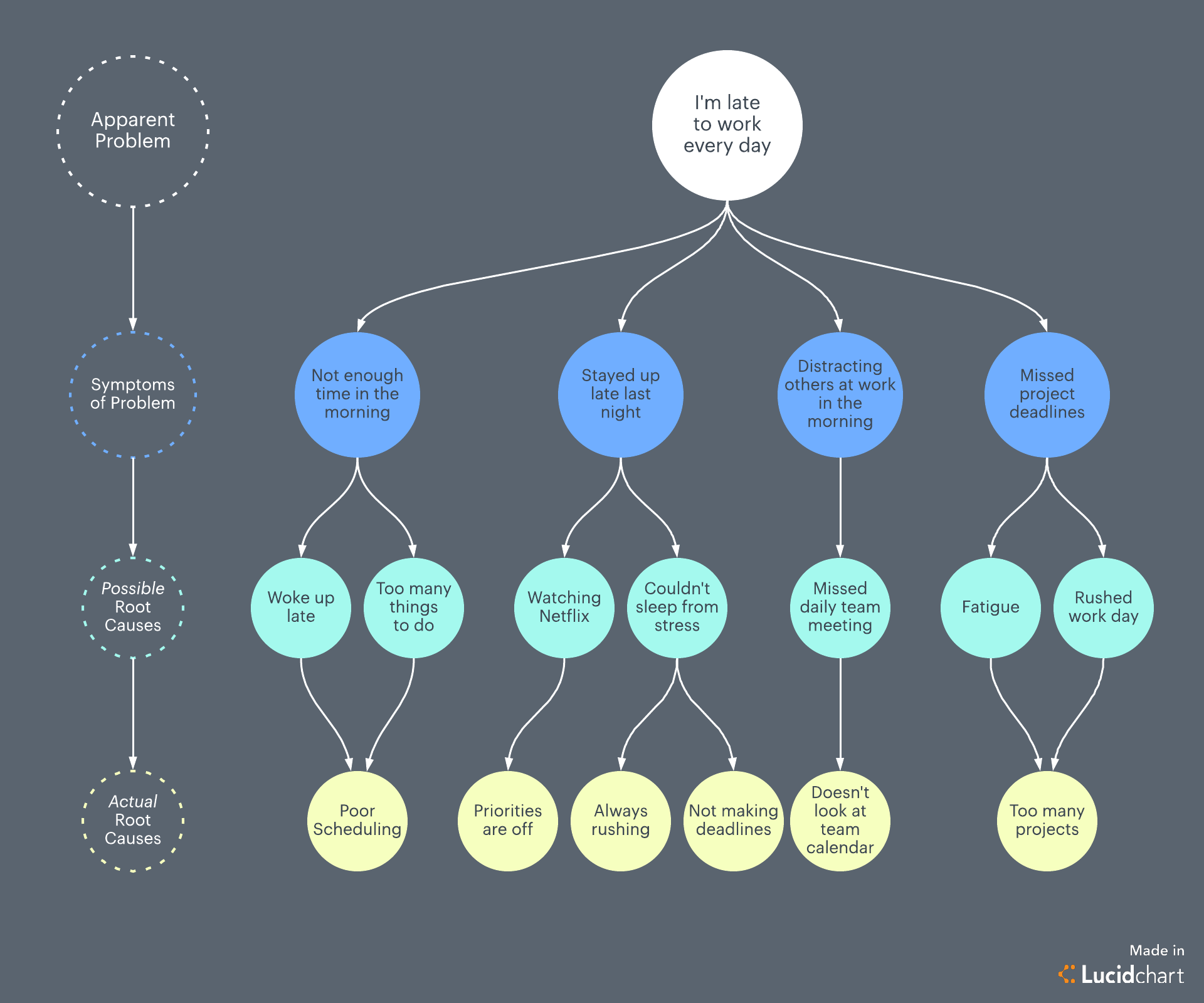
How to Conduct a 5 Whys Analysis Lucidchart Blog
The 5 W's Anchor Chart and worksheet scaffolds the 5 W's strategy. Good Readers ask questions after reading a a book, a short story, or an article and identify "who, where, and when" first. Then they use that information to explain the "what and why". Anchor Chart and worksheets for students. Black & White or Color Versions.
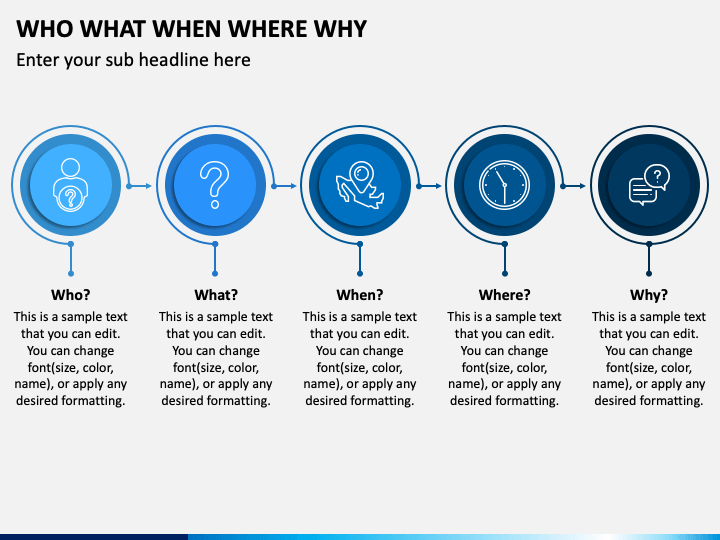
Who What When Where Why How Chart Chart With Question Words In Gambaran
Read the story aloud, then have the students turn and talk about who, what, where, when, why, and how. Come back as a whole class and provide feedback of what was noticed in partner conversations. Day 3. Review vocabulary and chart paper. Review Grandpa and Bo and have students recall what they remember. Guided Practice / Application

5 Whys Analysis PresentationEZE
Purpose: The Who What chart displays a visual step-by-step process for students to form brief summaries. Directions: After reading a passage, chapter, or book, students utilize the chart like a reporter. They ask who, what, where, when, why questions to identify the most impor-tant information in the text.